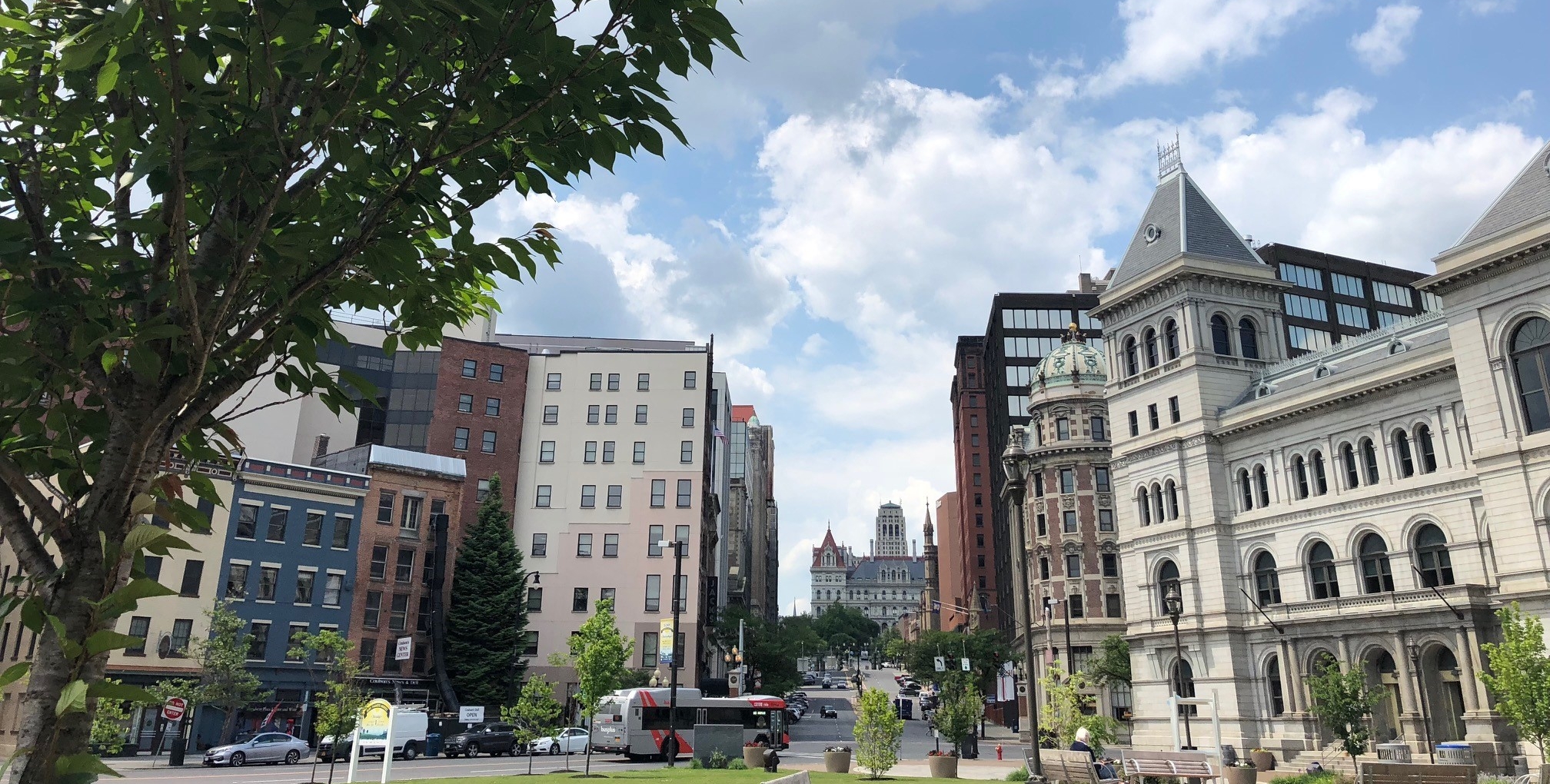Real Estate Market Signals to Watch Now
The real estate sector continues to evolve rapidly, shaped by global economics, demographic shifts, and technological innovation. For investors, developers, and homeowners, the ability to recognize market signals to watch has never been more critical. In a world where volatility and opportunity coexist, understanding these cues can mean the difference between a thriving portfolio and a missed opportunity.

Economic Indicators and Housing Demand
One of the clearest market signals to watch is the trajectory of interest rates. Mortgage costs directly influence purchasing power, and even slight adjustments can shift demand dramatically. Lower rates typically ignite buyer enthusiasm, while higher rates dampen affordability, cooling markets that once seemed unstoppable.
Employment trends and wage growth also deserve close scrutiny. A thriving labor market with rising incomes often leads to surges in homeownership, while weaker conditions push demand toward rentals. Observing these macroeconomic factors provides clarity on where real estate markets are heading in the near term.
Luxury Real Estate Updates
The upper tier of the housing sector provides its own set of clues. Luxury real estate updates often reveal broader patterns that eventually influence mainstream markets. In 2024 and 2025, high-net-worth buyers have increasingly gravitated toward properties with sustainability credentials, cutting-edge technology, and privacy-enhancing designs. These preferences are not confined to the elite; they gradually trickle down, shaping expectations for mid-range housing as well.
Cities like Dubai, Miami, and Singapore are currently experiencing robust luxury demand, driven by global wealth migration and favorable tax policies. Watching these hubs offers early insight into how capital and lifestyle trends are evolving worldwide.
Modern Property Insights
Beyond luxury, innovation in housing design and functionality represents another set of modern property insights. Remote work has altered living preferences, increasing demand for residences with home offices, strong connectivity, and flexible layouts. Urban planners and developers are responding by integrating mixed-use communities that combine residential, commercial, and recreational functions.
Green technology is also moving from novelty to necessity. Solar integration, water efficiency, and eco-friendly materials are now decisive factors in property valuation. Investors who embrace these insights early secure long-term advantages, as regulatory frameworks increasingly favor sustainable construction.
Investment Trends Today
Current investor behavior highlights critical investment trends today. Diversification remains at the forefront, with many investors blending residential, commercial, and industrial assets to mitigate risk. The rise of real estate investment trusts continues to democratize access, allowing smaller stakeholders to participate in markets once dominated by institutions.
Another significant trend is the expansion of short-term rental platforms. Cities with tourism appeal see strong yields in this segment, though regulations vary widely. Investors must balance opportunity with compliance to avoid setbacks. Additionally, mixed-use developments are becoming increasingly attractive, offering multiple income streams from a single property.
Global Market Shifts
Geopolitics and globalization cannot be ignored. Shifts in trade alliances, currency fluctuations, and migration patterns directly influence property markets. For example, favorable residency programs in certain countries are drawing investors who seek both lifestyle and financial stability. This dynamic further reinforces the importance of monitoring global rather than purely local factors when evaluating market signals to watch.
Emerging markets are particularly noteworthy. Cities in Southeast Asia and parts of Latin America are experiencing rapid growth, supported by infrastructure investment and rising middle-class wealth. These regions provide fertile ground for investors willing to look beyond traditional safe havens.
Technology as a Market Shaper
The digital transformation of real estate continues to accelerate. Virtual tours, AI-driven valuation tools, and blockchain-enabled transactions are reducing barriers and improving transparency. These innovations redefine how properties are marketed, evaluated, and purchased.
Smart homes, once a luxury, are now expected in many markets. The proliferation of automation, energy monitoring, and enhanced security systems reflects a broader shift toward convenience and efficiency. These elements represent both luxury real estate updates and modern property insights, serving as indicators of where demand is moving next.
Long-Term Outlook
The housing sector remains resilient, but vigilance is necessary. Investors who identify early signals—such as shifts in buyer preferences, regulatory reforms, or demographic realignments—position themselves for success. The future investment trends today suggest an increased emphasis on adaptability. Properties that combine technological sophistication, environmental responsibility, and lifestyle appeal will outperform in the years ahead.
Real estate is a living market, shaped daily by global events, cultural changes, and innovation. By focusing on market signals to watch, staying informed on luxury real estate updates, embracing modern property insights, and responding to investment trends today, stakeholders can make confident decisions. In a landscape defined by both uncertainty and promise, those who observe carefully and act strategically will continue to find enduring opportunities.








